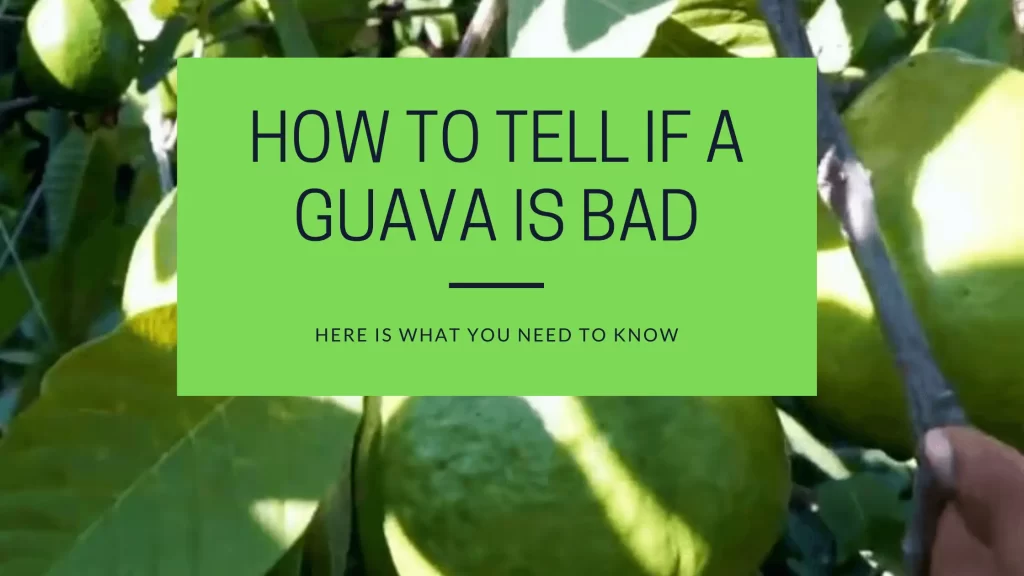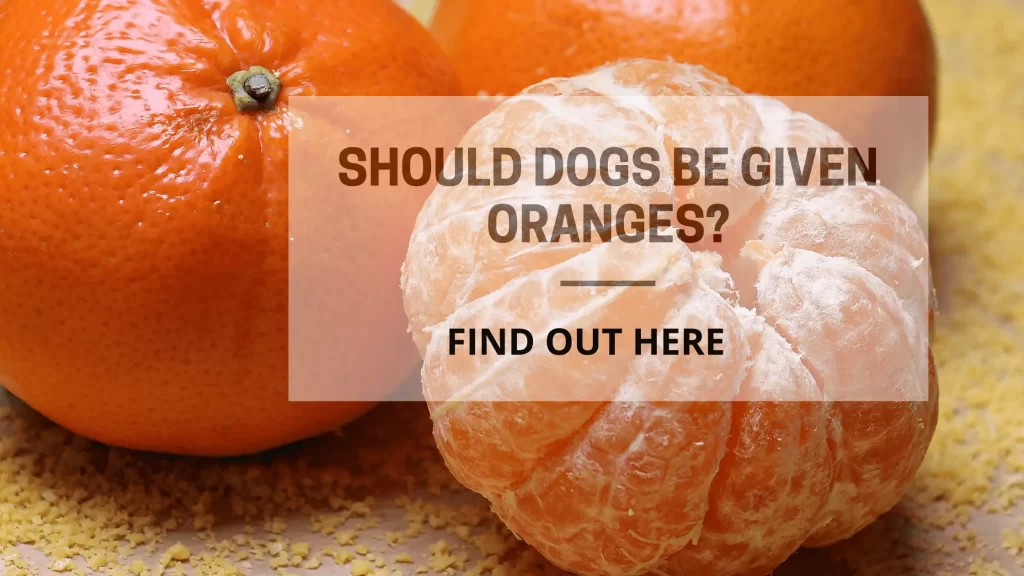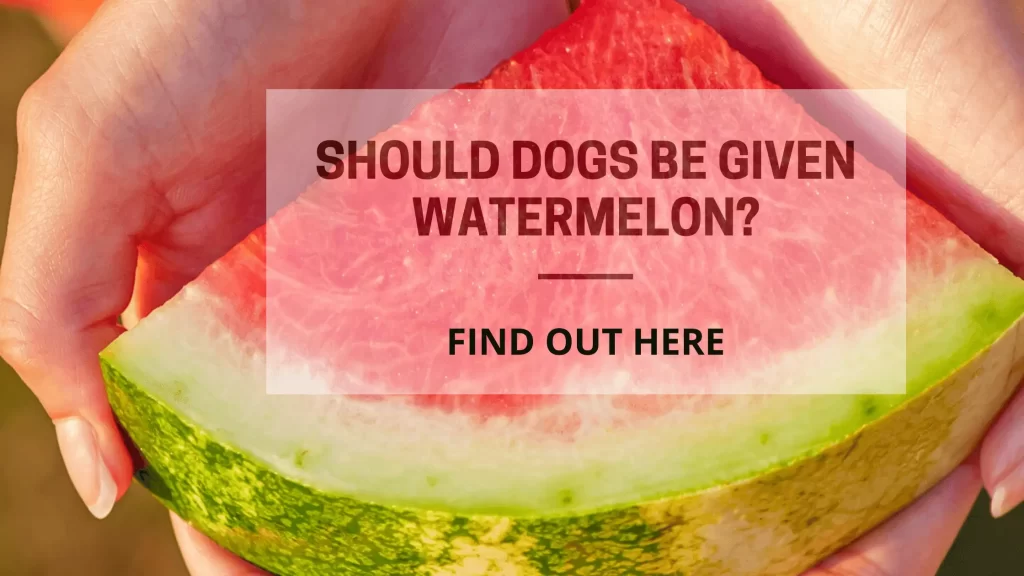In this article, we are going to be looking at how to tell if guava is bad.
Short answer: you can simply tell or know your guava is bad when the skin of guava fruits easily tears up by grabbing and squeezing the guava fruit with your hand. Read on for a detailed step by step guide on how to identify rotten guava fruits from those that are yet to decay.
Overview
Guavas (Psidium guajava) are known to be natives of Central and South America. However, presently guavas are cultivated in different countries of the world. Learn more about the botany of guava here.
The guava fruit, which releases a strong fragrant, sweet, musky aroma, may be round, oval, or pear-shaped when fully ripe. Guava fruit has a thin, light-yellow skin, usually blushed with pinkish coloration.
Next to the guava fruit skin is a layer of somewhat granular flesh of varying color and aroma. The core pulp is juicy and normally filled up with very hard, and numerous yellowish seeds.
Raw guavas can be consumed right away but are preferred seeded and served sliced, as a frozen dessert or in salads dress. The fragrant and delicious yellow fruit is taken fresh; the guava pulp of the red, sour varieties is commonly used for making jellies, juices, and jams. Guava fruit is commonly cooked to eliminates and complement the strong odor of fish and chicken.
Guavas can also be used in making pies, cakes, puddings, sauces, ice cream, tapioca, juices, syrup, butter, marmalade, chutney, relish, tomato sauce, breakfast cereal, baby food, and other products.
The fruit can be processed and canned into extracts, flavourants, pectin for food processing, and vitamin C extract. The vitamin C extracted from guava fruit is used to enrich other foods and as a supplement.
Guava fruit is used as an important ingredient in folk medicine to treat different varieties of diseases such as heart problems.
Not only the fruit, guava roots, bark, leaves, and shoot are astringent. They are also shown to be analgesic, emmenagogue, febrifuge, and vermifuge, and are used to treat a variety of ailments both internal and external.
Guava leaves, bark, and young fruit are also rich in tannins and other antioxidants compounds. In Central America, the tannin from guava bark is frequently used for tanning hides. The guava leaves in combination with other plant leaves are used for making a black dye for silk, cotton, and matting.
But, there is one problem with guava: and that is guavas do not have a specific season and time of ripening. Whenever there are good climatic conditions and timely pruning, guava can fruit at any time of the season. This makes guava more prone to damage and ripening without the farmer takes notice.
Read also: Are Guava Seeds Edible?: Find Out Here
How to Tell if your Guava is Ripe
You can know your guava is ready to harvest if you notice the followings:
- Change of color from dark green to light green or yellow
- Releasing a fragrant aroma similar to that of strawberry
- Soft when you touched
How To Tell if a Guava is Bad
You can tell your guava is bad when you notice the followings:
Guava fruit Collapsing when Pressed
You can understand that your guava fruit is damage when pressed the guava fruit with your fingers and then gently squeeze the guava fruit. If the guava skin tears away or collapse so easily that is a major sign that your guava is bad.
Giving Out Unpleasant Odor
You can also tell that your guava fruit is spoiled when you smell the guava fruit and it smells out unpleasant aroma or rotten odor. A good guava fruit smells nice like a hybrid between pear and strawberry.
Presence of Moldy Spots
If your guava is bad, by nearly looking at it, you can also observe noticeable rotten areas and moldy spots. That is an indication that the guava fruit becomes rotten and started growing fungi.
Presence of Worms
You can also tell your guava fruit is bad if you see worms. It is an indication that the affected by pests. Despite some people recommend eating such kind of fruit, you do not recommend eating such kind of fruit. This is because eating such guava fruit may lead to allergies and other health-related issues.
Presence of Black and Brown Flesh
Additionally, if you slice the guava fruit and see a clear brown or black pulp, it is also major signs that tell your guava fruit is spoiled.
Conclusion
Knowing when your guava is ripened may be tricky. And this can guava damage without your knowledge. This is why it is important to find ways that can help you know when your guava fruit is ripe. That can help you prevent your guava from becoming spoiled.
In this guide, we looked at how to tell if your guava is bad plus how to prevent that from happening.
We hope that you find this guide helpful. We would love to hear from you more about questions and views. So, don’t forget to let us in the comment section below.
Read also: When Is Guava Ripe?: Here Is What You Need To Know
References
Sarker MAR, Haque MM, Rifa RA, Ema FA, Islam MA, Khatun MM. Isolation and identification of bacteria from fresh guava (Psidium guajava) sold at local markets in Mymensingh and their antibiogram profile. Vet World. 2018;11(8):1145-1149. doi:10.14202/vet world.2018.1145-1149
Misra, A.K.. (2003). Guava Diseases – their Symptoms, Causes and Management.



